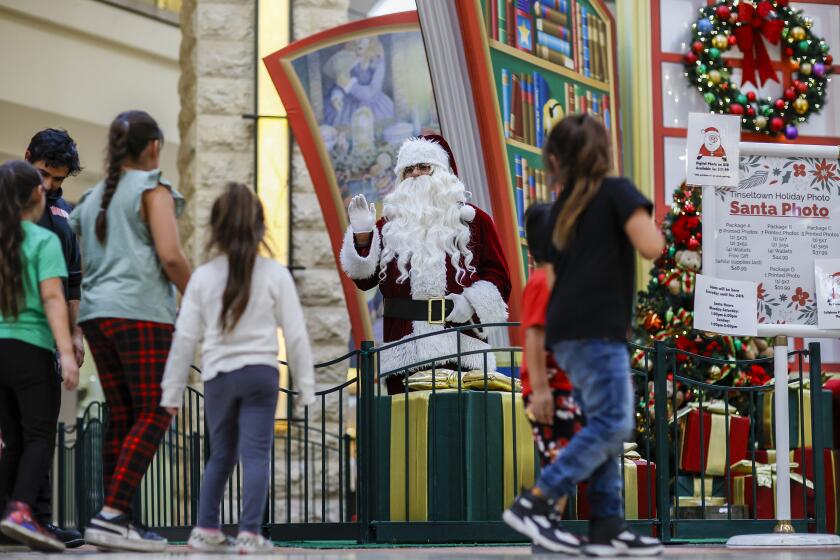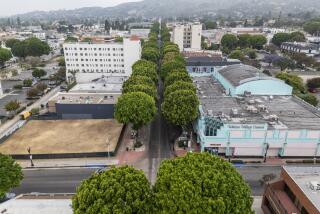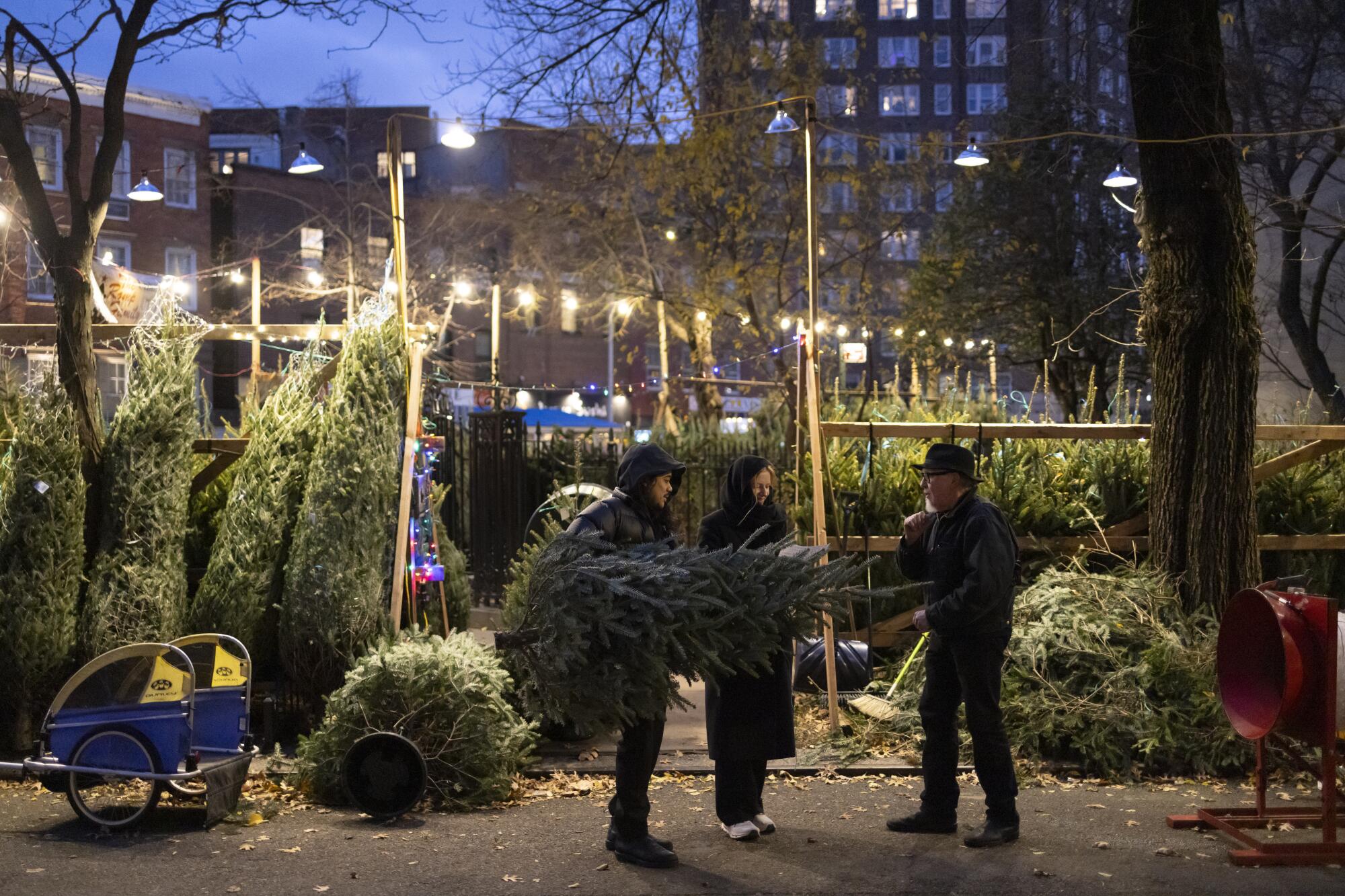
- Share via
NEW YORK — The staffers at Uptown Christmas Trees have a saying they live by for one month of the year: Sell the effing tree.
But in order to sell the effing tree, a crew first needs to move the effing trees.
So on one recent bitter December night — the kind that cuts through thick socks and sturdy boots right down into the toes — a pickup truck packed with nearly 1,000 trees from New Hampshire pulled onto Madison Avenue and East 123rd Street alongside Marcus Garvey Park in Harlem.
The yard crew from Uptown Christmas Trees got cracking: Two workers scaled the tree pile like a cliff and began heaving trees to smaller flatbed trucks parked beside them. “One, two,” they’d yell out, keeping track of each conifer they’d toss. On the other side, they passed trees down to the “night watch,” the worker who guards the stand at the corner on 124th and prepares the newest load for the next day’s customers.
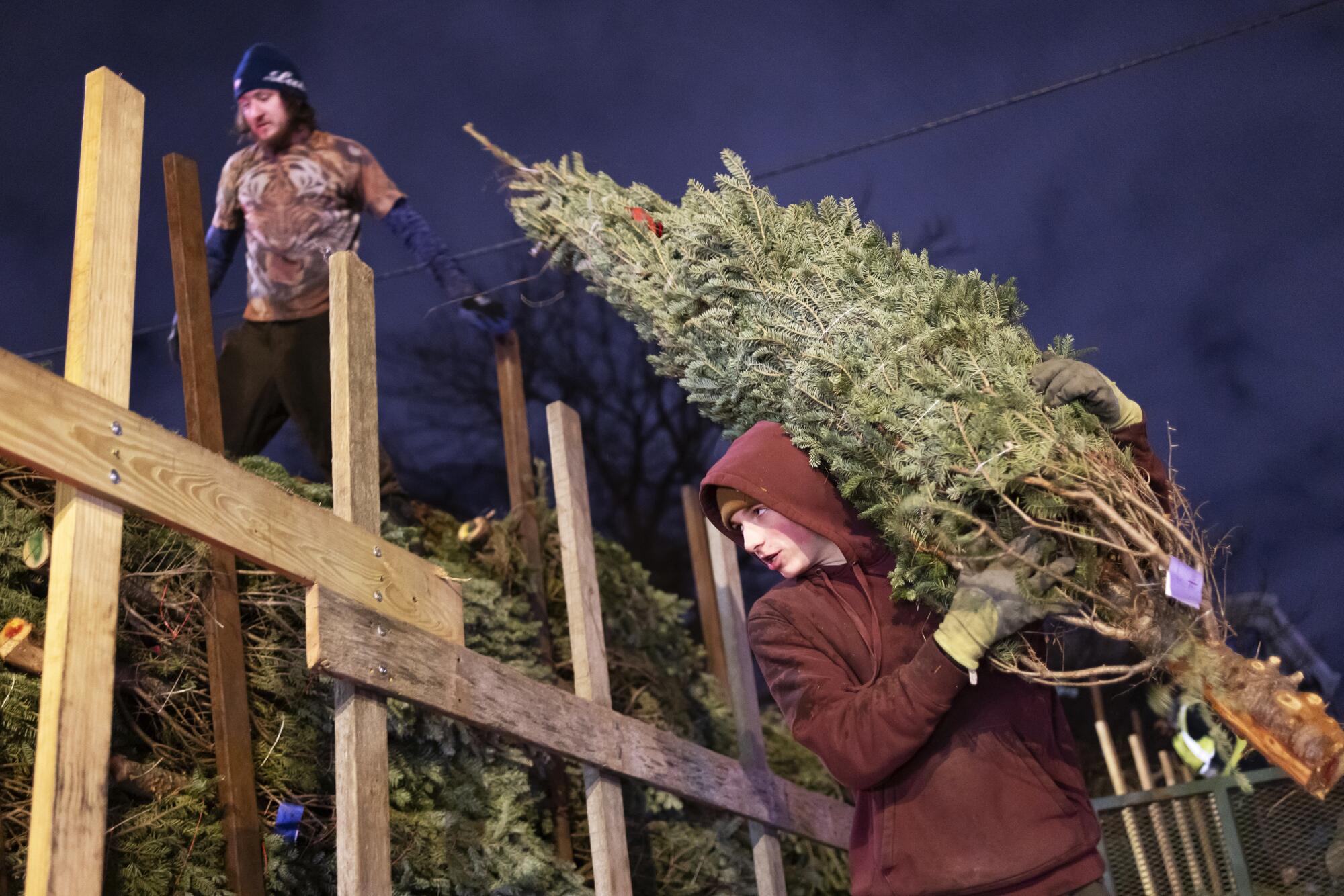
This is Christmastime in Manhattan, where you won’t find noble firs at a tree farm or Home Depot parking lot pop-up. Instead, many New Yorkers sidewalk-shop for their Christmas trees, buying from vendors who transform street corners into forests of fresh balsams, Fraser firs and other conifers. Most of the trees come from Canada, New Hampshire or Vermont, some from North Carolina.
No matter the source, among the New York tree workers they’re effing trees, though the actual term of art here is unsurprisingly earthier.
Wooden shacks painted red and green and decorated with wreaths spring up overnight. Christmas trees, some towering above 14 feet, are stacked in green heaps against stands draped in fairy lights that stretch out across the concrete. Though vendors post signs asserting that they deliver, the sight of a New Yorker marching down the street with their yuletide haul over their shoulders signals the holidays have arrived.
The whole operation, much like the city itself, never sleeps.
“They don’t realize how difficult getting a Christmas tree into New York City is,” said Ciree Nash, chief operating officer of Uptown, which was founded by her father, George Nash, and mother, Dr. Jane Waterman.
George Nash’s career started on an interstate.
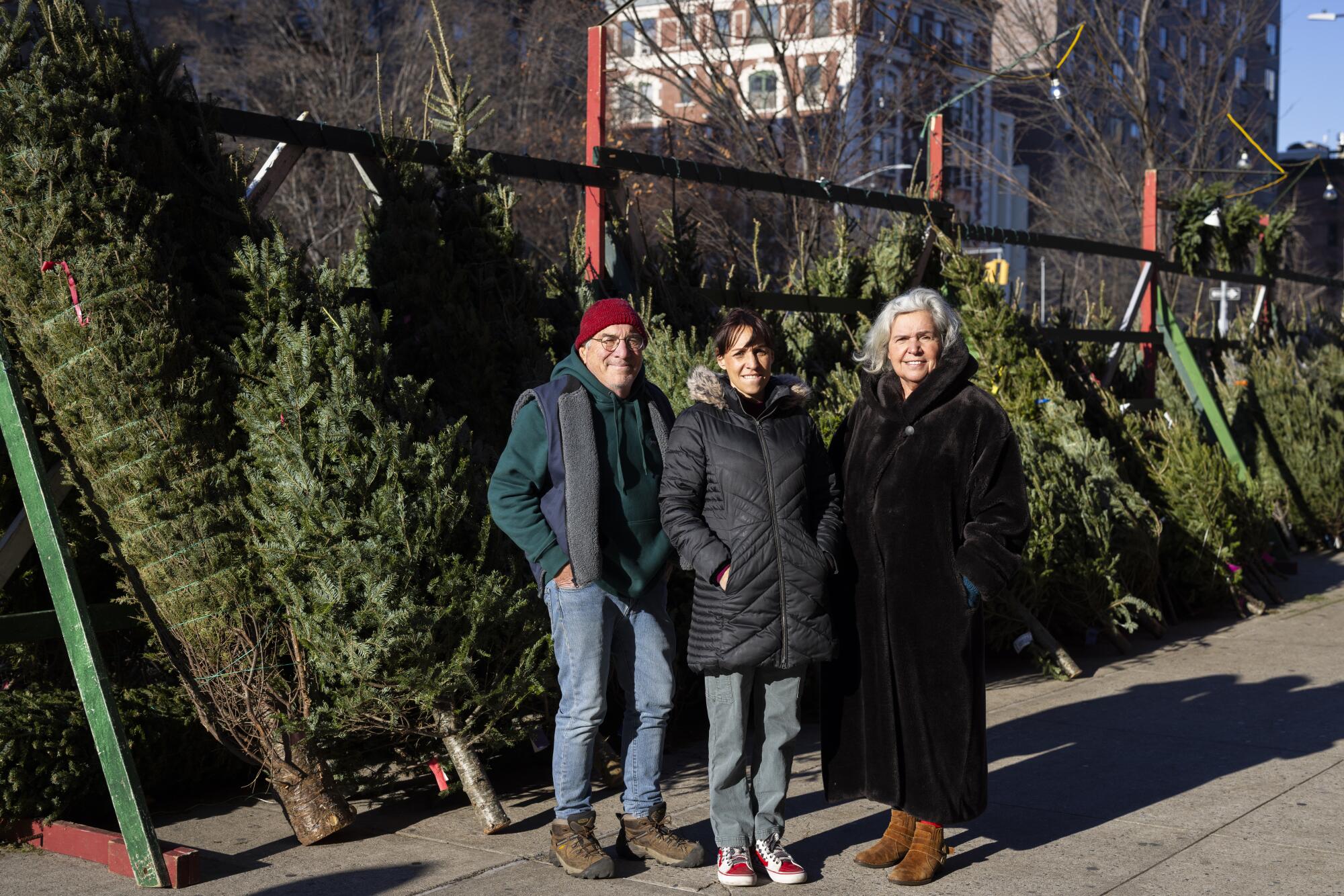
It was November 1974, and George Nash had taken a side gig delivering Christmas trees from his home state of Vermont to Massachusetts. He was cruising down the highway with a truck full of healthy, freshly chopped conifers when a beat-up van behind him flashed its headlights. Nash pulled over, and the two men said they were in the market for Christmas trees. Who was his source?
“They jammed me into a phone booth and had me call the grower,” said Nash, now 75. One of those men was Kevin Hammer, a Brooklyn native once referred to in the local news as the “Bill Gates of Xmas Trees.” Hammer made a deal with the grower and asked Nash to deliver the trees to New York City. Nash agreed, unintentionally setting in motion a family business that would span three generations and become the second-largest Christmas tree seller in Manhattan.
According to Nash, he went from trucking trees to selling trees, eventually managing nearly two dozen of Hammer’s locations. “I caught a fatal case of tree fever,” he said. (By Nash’s telling, a man named Bill Norris who sold trees on the Upper West Side is the true progenitor of Manhattan’s Christmas tree-selling industry.)
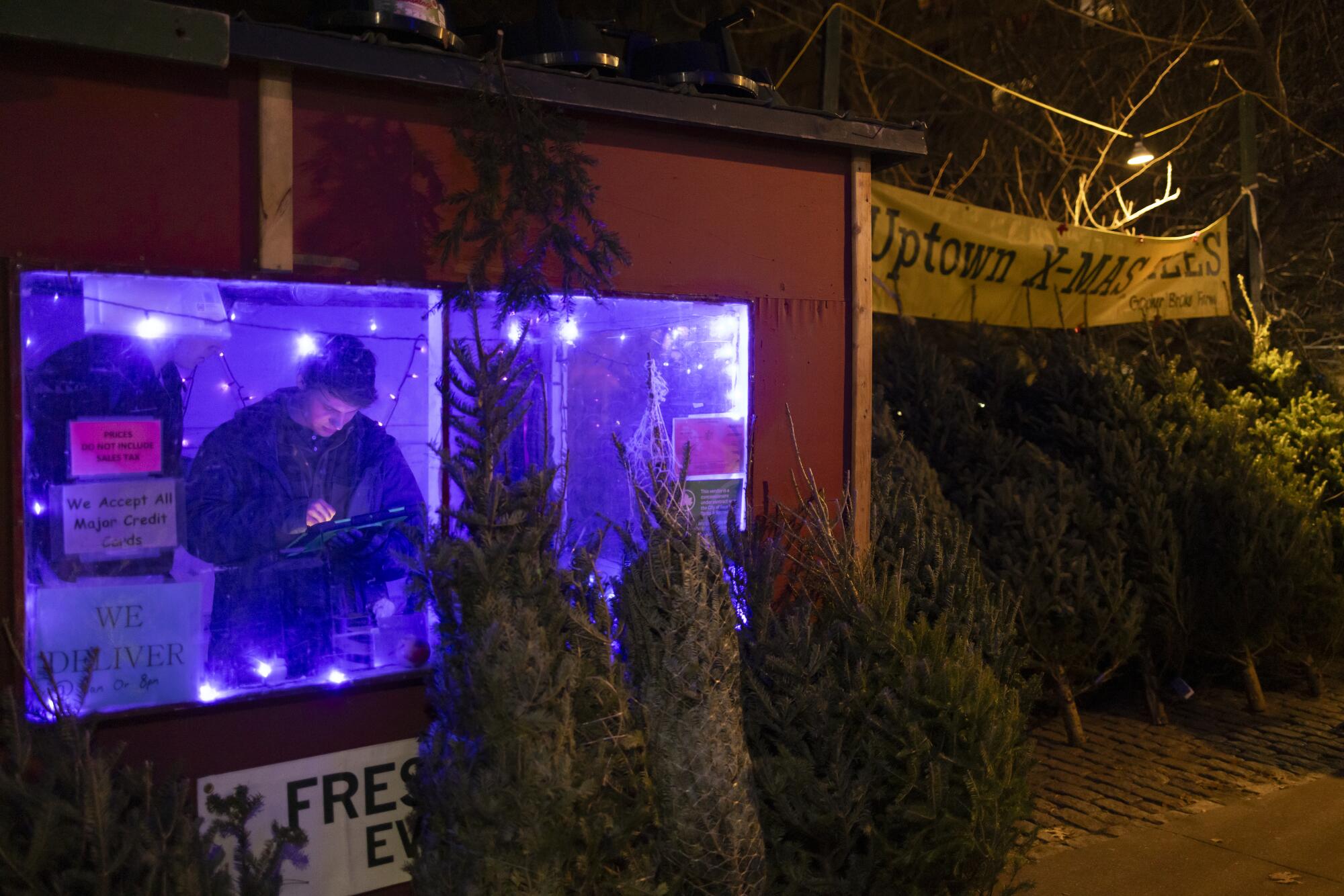
Nash and Hammer worked together for about 10 years until Waterman, Nash’s wife, joined the business in the early 1990s and had enough with Hammer’s ways. Hammer sold Nash the rights to four uptown locations, and for a while, he was Nash’s supplier.
But trees are not regular products: Each is unique, and the same grower can produce loads of vastly different qualities. “Kevin would cherry-pick loads, saying, ‘Your truck didn’t come here last night,’ because what had come in was really good stuff,” Nash said. “So he took it and gave me the next load.”
Nash eventually split off from Hammer, and they spent part of the 1990s in a turf war over Rite Aid real estate — coveted spots in this line of work — even selling directly across the street from each other at one point. “Nobody made any money,” Nash said.
But that was then. The Nash family is emphatic that the Wild West days of selling Christmas trees in Manhattan are over.
Still, there are territories and unwritten rules to follow.
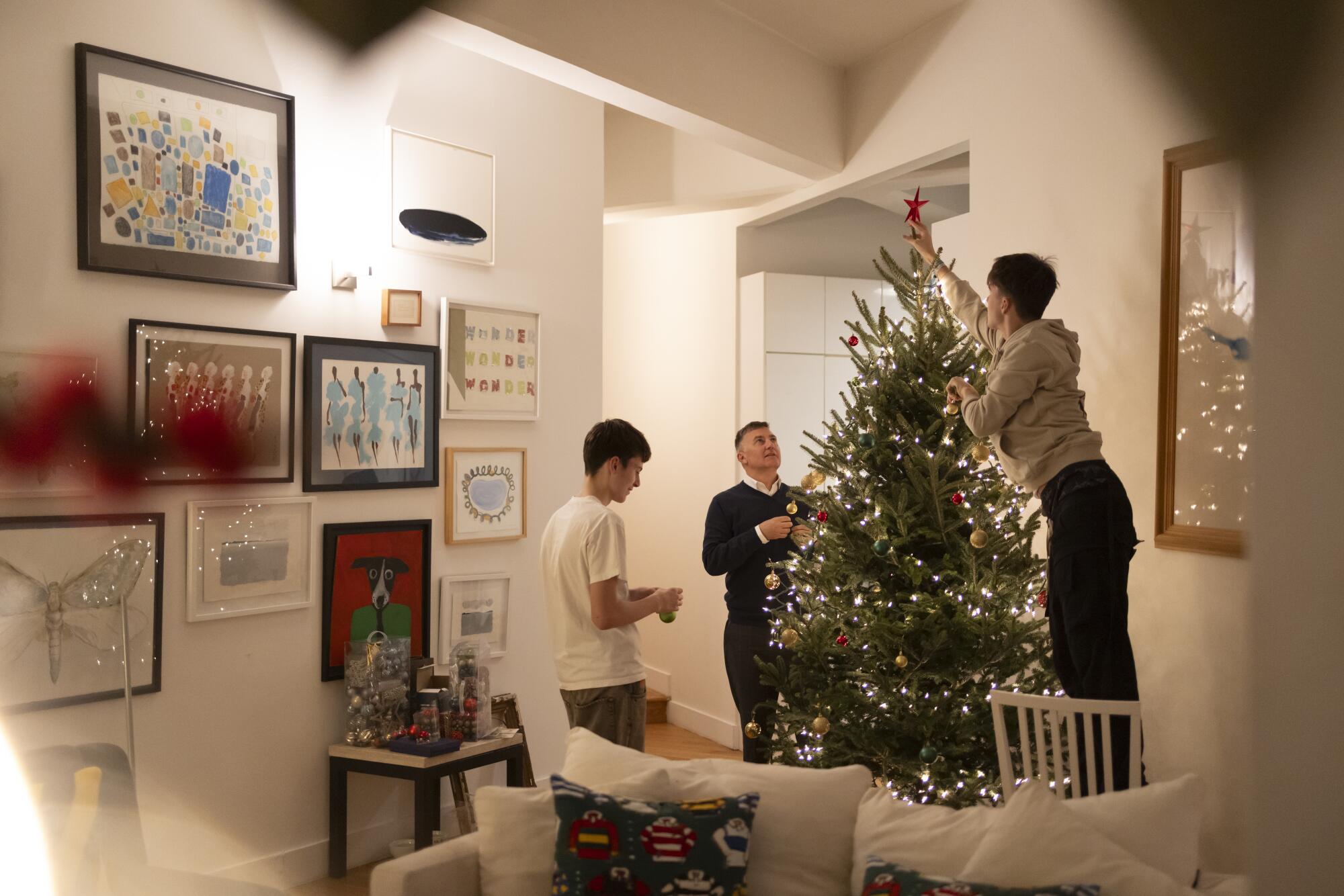
As Ciree Nash put it: “If you come and set up across the street from me, I’m not going to be very happy.”
Uptown now has 19 vendors, mostly in Harlem and the Bronx. This is the penultimate season for George Nash and Waterman, who have been preparing to hand off their business to Ciree Nash. The couple work behind the scenes, visiting farms in the summer, managing the chaos. The grandchildren are often scattered about, working at stands or making deliveries.
From Ventura to Yorba Linda, the Southland has a deep bench of seasoned Christmas tree slingers ready to help you pick the perfect pine and find a fabulous fir.
Hammer, who could not be reached for comment, is still in the industry, but it’s unclear where he runs stands now. George Nash estimates that Hammer operates 30 to 50 stands, down from more than 100.
The first Christmas tree market in the United States was reportedly established in New York City in 1851 by Mark Carr, a woodsman from the Catskills who loaded about 30 firs and spruces onto ox-pulled carts and headed to the Big Apple. He paid a dollar for permission to sell trees from a corner in the TriBeCa neighborhood.
More than a century and a half later, part of New York City’s appeal for tree vendors is not just the foot traffic and the locals, but the ability to hawk their wares without a permit. A 1938 law known as the coniferous tree exception states: “Storekeepers and peddlers may sell and display coniferous trees during the month of December” on city sidewalks so long as they have permission from adjacent businesses and keep the sidewalks clear.
Of course, this is New York, where even sidewalk real estate comes at a price: It’s standard for vendors to pay rent to the businesses whose sidewalks they squat in front of for the month.
For Billy Romp, the “tree man” of Jane Street in Greenwich Village since 1988, that comes out to about $6,000.
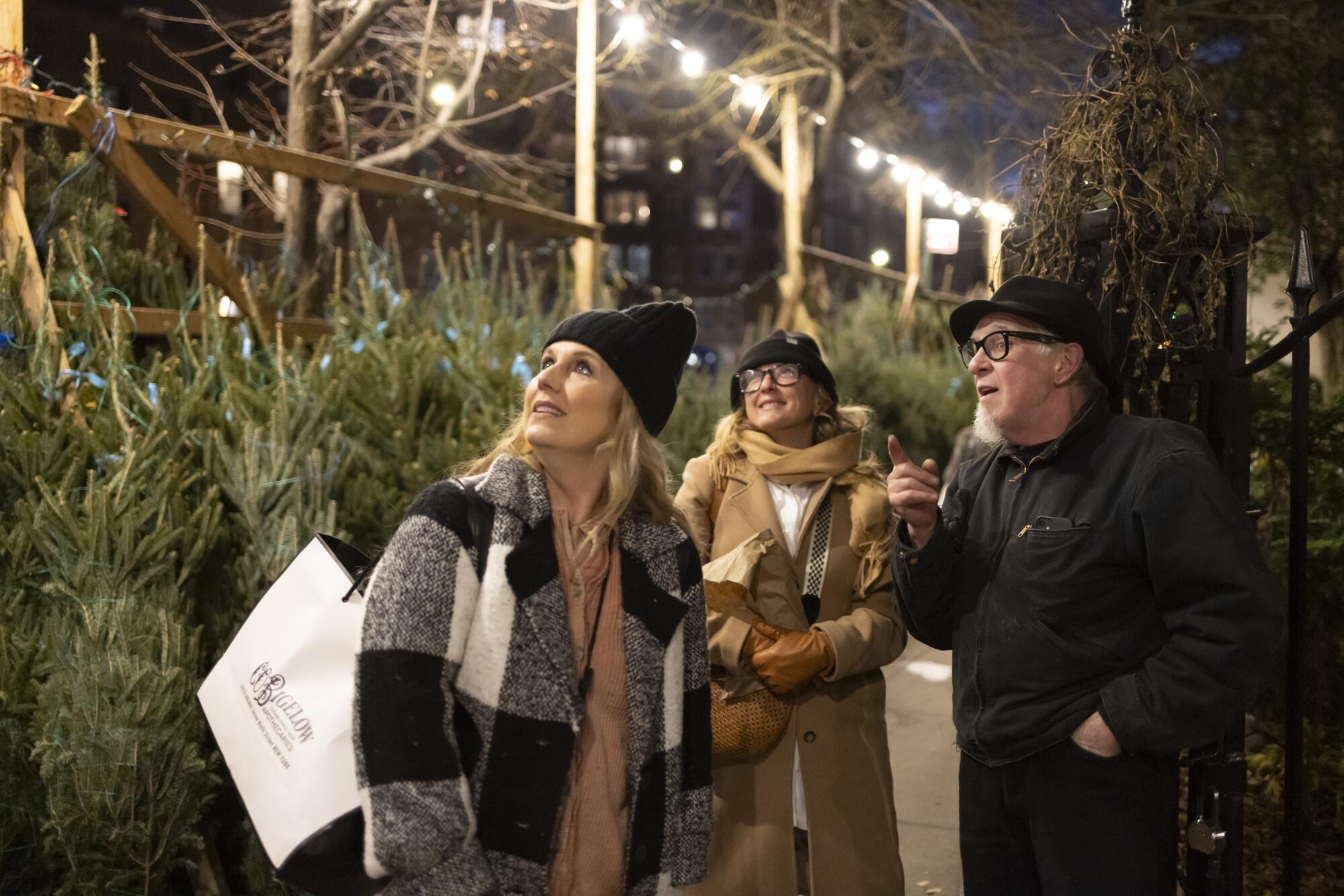
Romp, whose home for the holidays is a Volkswagen Westfalia Camper van parked next to his tree stand, traces his start in the business back to his ex-wife, Patti Gilmartin, who has connections to George Nash and Hammer: Nash built a house for Gilmartin, who went on to marry Romp, and introduced her to Hammer and the Christmas tree business. Hammer ultimately persuaded Romp to travel from Vermont to New York for the seasonal work.
“We came down here with a 6-month-old baby and a rusty, old pickup truck not knowing anything, and landed on this corner,” Romp, 70, recalled while eating soup a neighbor had made him.
Thirty-six years later, he’s still selling trees. Many of his customers date to that first season, or have parents who did. Others are locals who have befriended Romp, coming by just to say hi or drop him off homemade dinner.
“Let the record show I retired at 59,” Romp said. “This is just for fun.” (Patti Romp, who died in 2015, had her own tree-selling business in Brooklyn after the couple divorced.)
The Puente Hills Mall, featured in ‘Back to the Future,’ is mostly dead. Santa is there to bring joy.
Night after night, Romp, dressed all in black (echoing New York, not North Pole, dress codes), moves trees around Jane Street, opening them up for customers, some of whom come back two or three times before finally picking their pine.
Rich Budd visited Romp one night in early December. He’d purchased a tree that day, but it didn’t fit in the stand and the top branch broke, so Romp’s crew told him he could pick out a new conifer.
Romp grabbed a tree, pounded the stump against the ground and fluffed out the branches. A truck’s engine hummed nearby. “This is a touch smaller, but it has a long stem,” Romp said.
“You think that’s 8-foot?” Budd asked and measured his 6-foot-3 frame against it.
They talked about size and height, looking at trees the way fashion designers look at sketches. One tree was too busy at the top, another just too wide.
Budd, who works in finance, got “the perfect tree” from Romp last year. “The bar is high,” he said. He pulled out his phone and showed Romp last year’s model.
“Tall/medium and classic shape,” Romp agreed. He disappeared into the forest he’s created at the corner and emerged with a Fraser fir, which he estimated was 8 feet 6 inches tall. “I was thinking of the tree in the photo,” Romp said.
“I think that’s pretty good,” Budd said. “Let’s do that one.”
His dog, a 2-year-old Bernedoodle, barked, possibly in agreement that this was the tree for them.
Romp, who, like many city stand operators, works with a wholesaler to procure his trees, estimated that by early December, he’d sold at least 700.
“I never count the trees, I count the money,” he said. “And that’s top secret.”
Because permits aren’t required, it’s unclear how many vendors operate in New York City or how many trees they sell. The city’s Department of Sanitation estimates it collects more than 200,000 trees for “tree-cycling” most years.
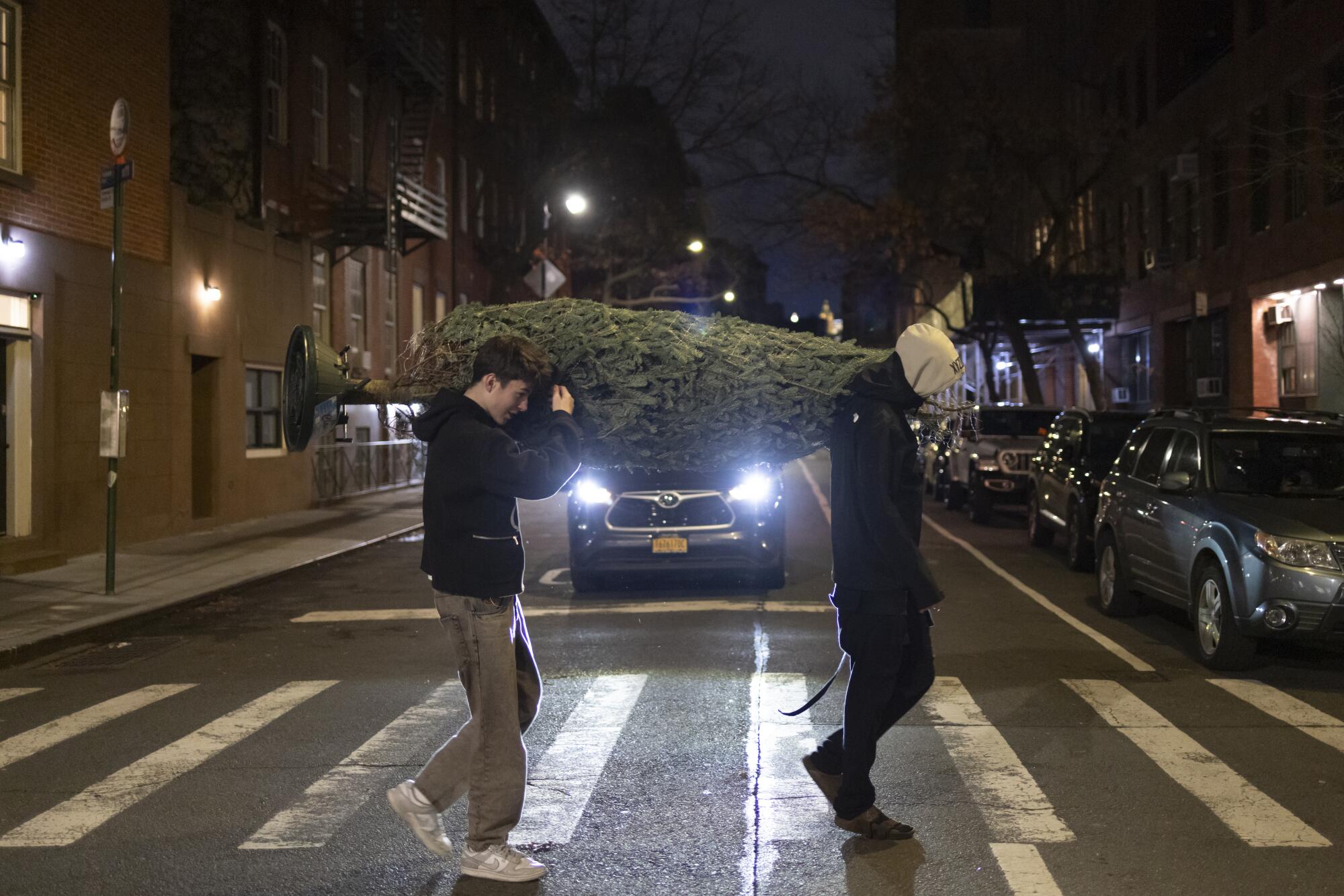
Five weekends stretch between Thanksgiving and Christmas this year. It’s a long haul, but most of Uptown Christmas Tree’s operations are on autopilot: The day crew deals mostly with customers and sales; the night watch is more labor-intensive, protecting trees but also unloading new inventory for the next day’s customers.
By now, many of Uptown’s 15,000 conifers are proudly decorated in people’s homes, but some trees will pack New York’s corners until Christmas Eve.
After their work is done for the season, the tree people disappear into the night, almost as quickly as they arrived. They will dismantle their shacks, take down their lights, sweep up the pine needles and leave the city as they found it.
And some of them will have their own late Christmas. Nash and Waterman will bring a balsam tree home with them from New York and put it up in Ciree’s house, where they’ll have their own yuletide celebrations on New Year’s Eve, eating dinner together, rounding up as many family members as they can and relaxing — until next year, when they once again bring New Yorkers their effing trees.
More to Read
Sign up for Essential California
The most important California stories and recommendations in your inbox every morning.
You may occasionally receive promotional content from the Los Angeles Times.

